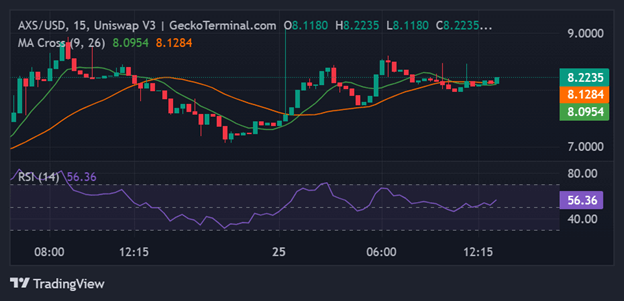- Funding for Cantor’s program will start at $2 billion, but could reach tens of billions of dollars
- Cantor has a 5% ownership interest in Tether, valued as much as $600 million
- Howard Lutnick is to step down as Cantor’s CEO when his position as US Commerce Secretary is confirmed by the US Senate
Cantor Fitzgerald is reportedly planning a multi-billion dollar program, which could see it receiving support from Tether.
According to people familiar with the matter, the planned program would enable the financial services company’s clients to lend dollars using Bitcoin as collateral, reports Bloomberg. Funding for the program will start at $2 billion, but could reach tens of billions.
While lending has yet to start, if Tether takes part, it would be one of many financial contributors to the program. Cantor already manages most of Tether’s assets through its custody business, bringing in tens of millions of dollars to Cantor each year.
More recently, Cantor struck a deal with Tether, with it receiving 5% in ownership interest in the stablecoin, valued as much as $600 million, reports The Wall Street Journal. According to the report, a statement was issued before Howard Lutnick’s, CEO of Cantor, selection as US Commerce Secretary was announced.
A Tether spokesperson said that its “relationship with Cantor is entirely professional” and that “Lutnick’s involvement in a transition team somehow translates to influence over regulatory actions is laughable.”
“Show me the money”
News of Cantor’s plans comes as Lutnick was nominated as Commerce Secretary last week as President-elect Donald Trump gets ready to enter the White House in January.
In a bid to comply with “government ethics rules,” Lutnick plans to step down from Cantor once the US Senate confirms his position. Presently, Lutnick controls his firm’s relationship with Tether; however, once he removes himself, he will hand this over to colleagues.
Lutnick met Giancarlo Devasini, the owner of Tether, in the Bahamas in 2021 to determine whether Tether had the assets it claimed to have. Speaking at a crypto conference in July, Lutnick said:
“I basically told him the move line. I said, ‘Show me the money.’ And we found every penny, and they had every penny, but they had it in what I would call pretty godforsaken places.”
In January, Tether challenged a United Nations report that identified USDT as widely used in money laundering. Tether said it was “disappointed in the UN’s assessment,” which ignored what the stablecoin issuer was doing by helping developing countries in emerging markets.
In its response, Tether reiterated its collaboration with law enforcement and stated that Tether transactions are traceable on the blockchain, making it an “impractical choice for illicit activities.”
The post Lutnick’s Cantor wants to use Tether to support a $2 billion Bitcoin lending program appeared first on CoinJournal.

